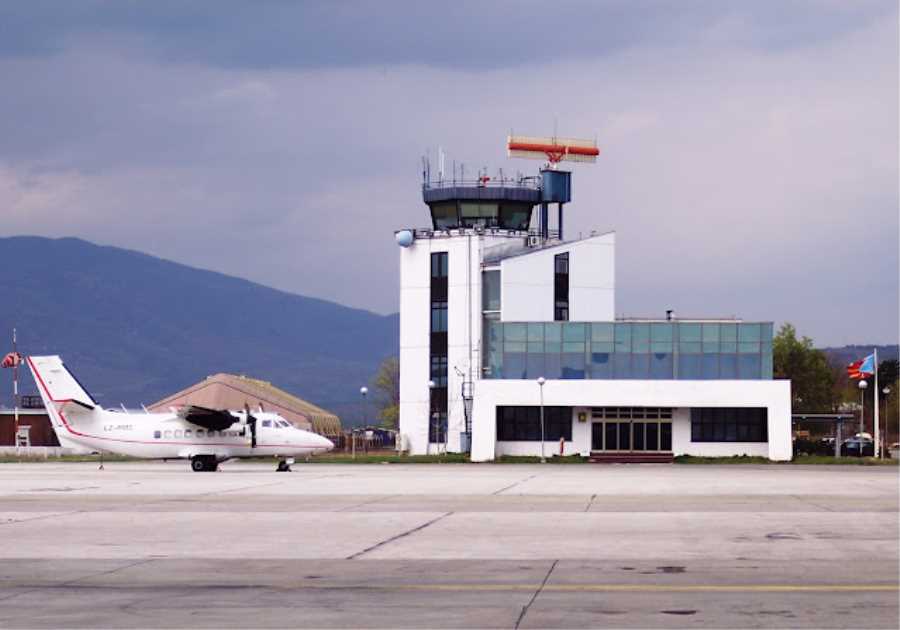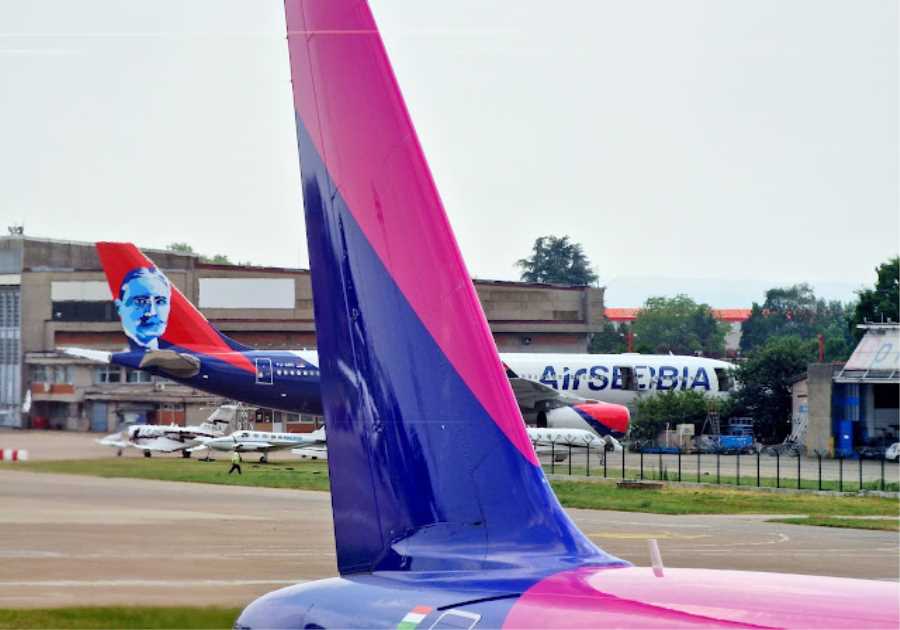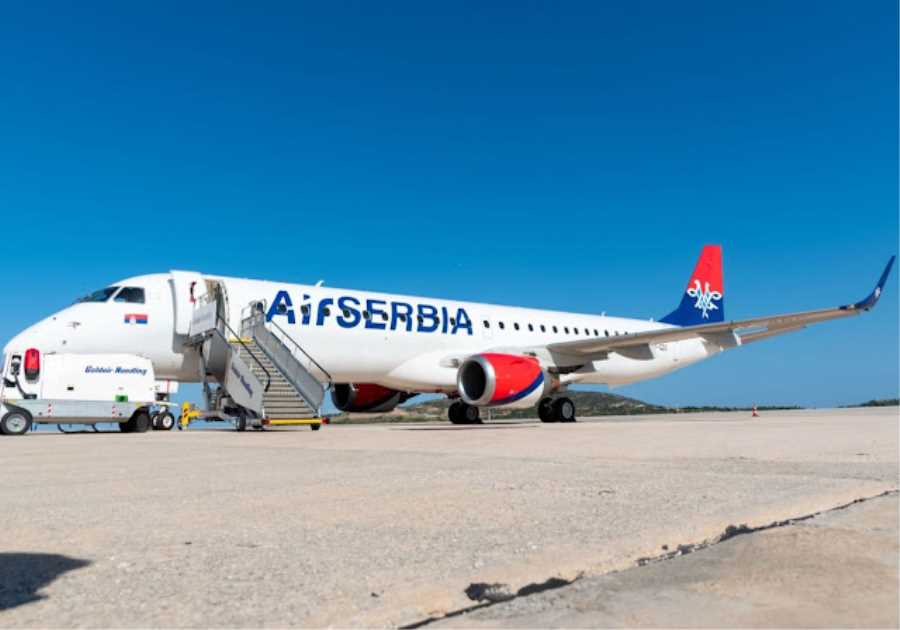HOSTED BY: https://1airtravel.com
TODAY'S READ
“Please switch off your mobile phones and electronic devices as we are about to take off.”
This has been broadcasted as part of the standard operating procedures in every commercial flight for decades. There have been endless debates on how electronic signals may interfere with the navigation signals of the aircraft for the past decades since the introduction of personal handheld devices. Whilst scientists have been trying to provide solid evidence for the concern, the new Airworthiness Directive (AD) released by the Federal Aviation Authority (FAA) earlier this month may break the mold.
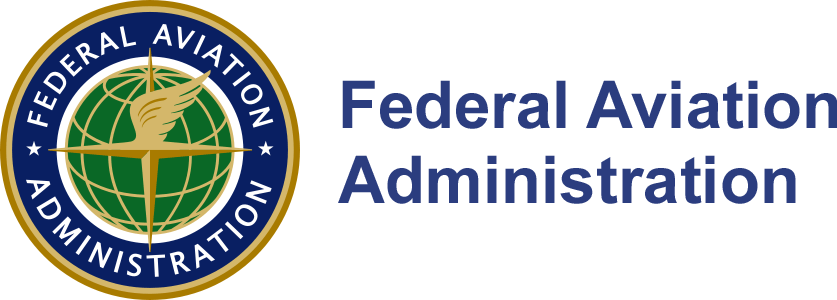
FAA expresses concerns on the effect of 5G on Radio Altimeters (RA)On the 7th of Dec, the FAA released an AD to enforce new rules with commercial airlines when operating near a 5G broadcast tower. The directive stated findings on how 5G signals will interfere with the aircraft’s navigation systems, more specifically, the Radio Altimeter (RA). Quoting the report published by the Radio Technical Commission for Aeronautics (RTCA), the FAA expressed their concerns on the possibility that 5G signals will affect readings on RAs on commercial aircraft:“a major risk that 5G telecommunications systems in the 3.7-3.98 GHz band will cause harmful interference to radar altimeters on all types of civil aircraft—including commercial transport airplanes.”-FAAThis may sound alarming at first but let us look into what we need to know as passengers when flying with a 5G mobile phone.
What is 5G?
A quick summary of 5G would be the next generation of telecommunication utilizing a specific standard for broadband cellular networks. Basically, it is enhanced 4G connections that allow much faster download speed thanks to the wider bandwidth and the ability to connect with more devices simultaneously when compared to 4G networks.What is a Radio Altimeter (RA)?
On modern-day airliners, we have two types of altimeter onboard. The pressure altimeter, also known as a barometric altimeter, measures the atmospheric pressure to give a calibrated altitude to pilots in reference to the mean sea level. The second type is the radio altimeter that measures the height of the aircraft by calculating the time taken for the radio signals to bounce back to the aircraft receivers. The RA is particularly important as it provides much more precise readings to pilots and aircraft systems such as autoland and GPWS[1] during the landing phase of the flight. The auto-land system is a mandatory system when conducting approaches in adverse weather conditions, especially in very low visibility. The lack of a reliable RA means that a lot of flights into airports with bad weather will be impossible. However, the RA only has relatively short-range and is only used below 2500ft above ground level, pilots will need to rely on the pressure altimeters on other phases of the flight.
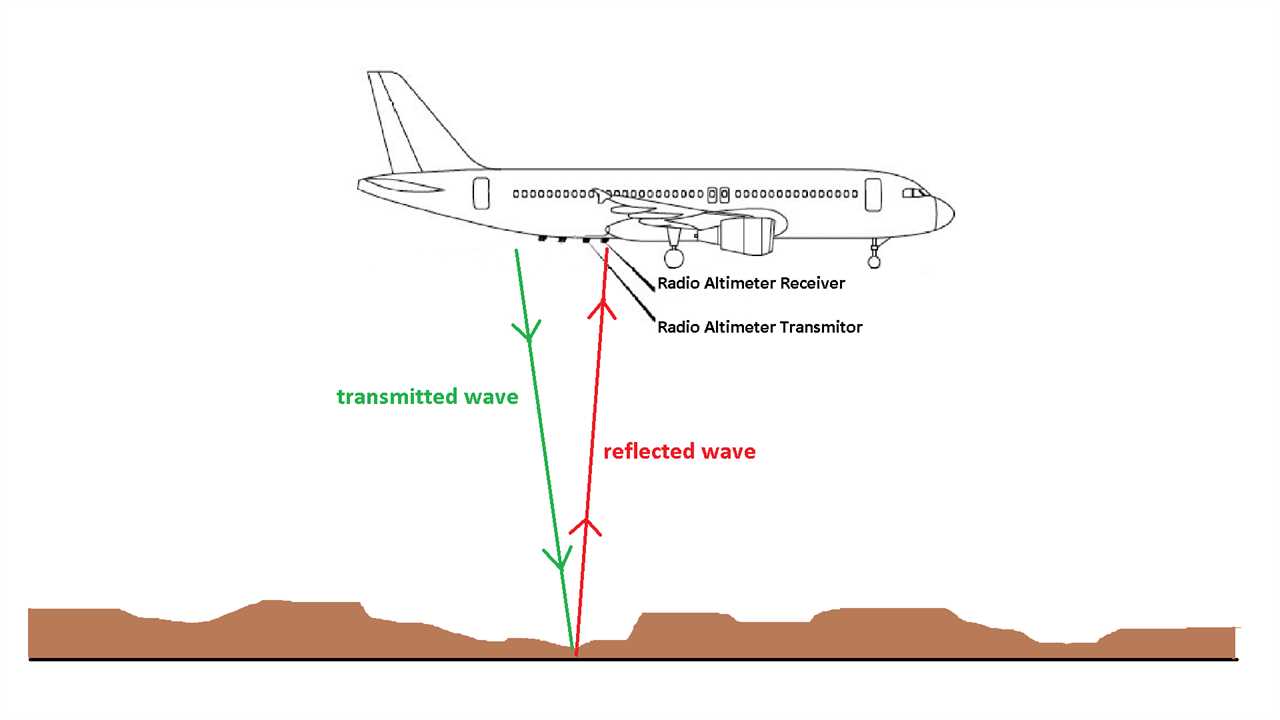
The Radio Altimeter measures the height of aircraft by the time needed for radio transmission to be reflected to the aircraft.
Interference between 5G and Radio Altimeter (RA)
Due to the bandwidth being already occupied by other services, the frequency range that 5G utilizes is between 3.3–4.2 GHz and this coincides with the frequency range of the RA which operates between 4.2-4.4GHz. The overlapping frequency is deemed by the FAA to have detrimental effects on the RA receivers as it has been proven to generate erroneous readings on the RAs. Effective immediately, the FAA has announced that various NOTAMs (Notice to Air Missions) will suspend operations that require RAs for airports that are in the vicinity of a 5G broadcast station.
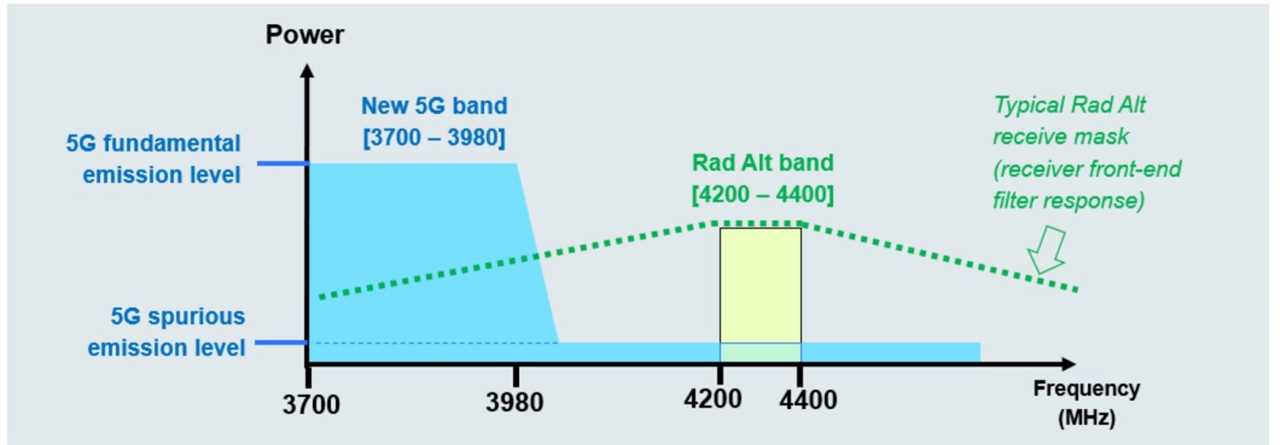
The Radio Altimeter (RA) operates in the same frequency range as 5G network stations|©RTCA
How does 5G affect you as a passenger?
FAA believes 5G and commercial aviation will co-exist safely, eventually. The purpose of the directive is for aircraft manufacturers, airports, and telecommunication companies to work together to achieve benefits in technological advancement. While pilots will need to watch out NOTAMs that may prohibit automated landings especially in adverse weathers, passengers on the other hand, only need to follow airline policies as their part. So next time you fly, make sure you turn your mobile phones and electronic devices off or switch them to airplane mode. Interested in how radiotelephony works in aviation? Click here
[1]GPWS- a warning system in the aircraft that generates alerts and warnings when the aircraft is in close proximity to terrain and obstacles. It requires Radio Altimeter (RA) readings to work properly. By: Leo CheungTitle: 5G Onboard Aircraft? What Passengers Need to Know
Sourced From: travelradar.aero/aircraft-facts/
Published Date: Thu, 16 Dec 2021 22:45:02 +0000
Did you miss our previous article...
https://1airtravel.com/feature/8-of-the-best-airports-for-layovers


